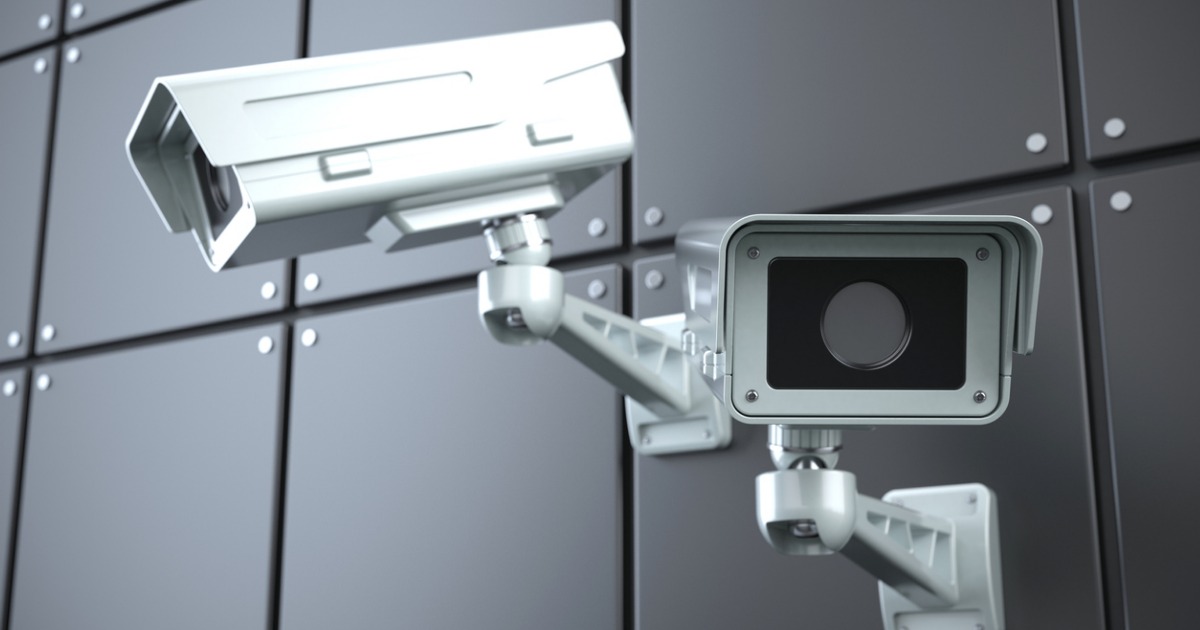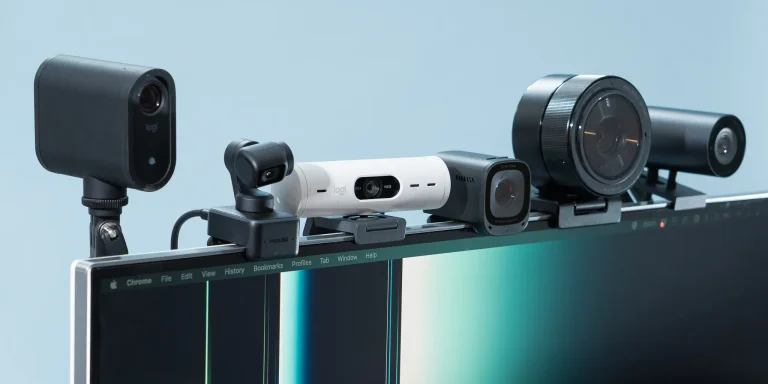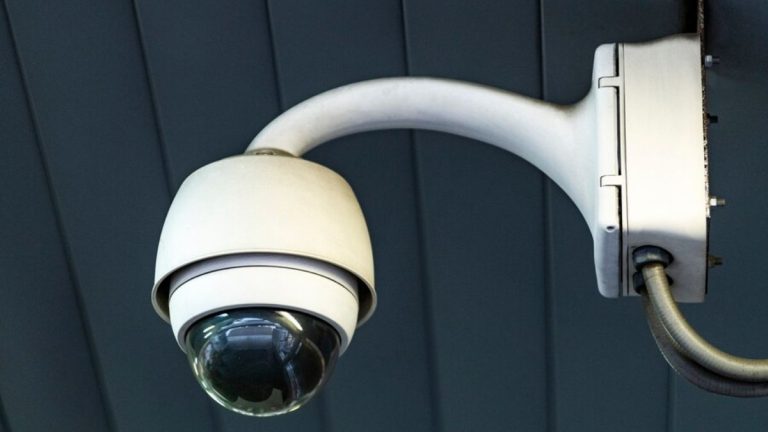Introduction
CCTV (Closed-Circuit Television) is a video surveillance system used for security, monitoring, and recording activities in various locations. It has become an essential tool for businesses, homes, and public spaces to prevent crime and ensure safety.
In this article, we will explore what CCTV is, how it works, its components, types, benefits, and applications.
What is CCTV?
CCTV stands for Closed-Circuit Television, which means that the video footage is transmitted within a closed network and is not publicly broadcasted. It is widely used for security and monitoring purposes in homes, offices, industries, and public areas.
How Does CCTV Work?
A CCTV system works by capturing video footage through cameras and transmitting it to a monitoring system. Here’s a step-by-step explanation of how CCTV works:
- Camera Captures Video – CCTV cameras capture video footage in real-time.
- Transmission of Video Signals – The footage is transmitted via cables or wirelessly to a recording system.
- Storage of Footage – The video is stored on Digital Video Recorders (DVRs), Network Video Recorders (NVRs), or cloud storage.
- Monitoring and Viewing – The footage can be monitored live on screens or reviewed later from recorded files.
Components of a CCTV System
A CCTV system consists of multiple components that work together for surveillance. The key components include:
1. Cameras
CCTV cameras are the primary devices that capture video. They come in different types, including dome cameras, bullet cameras, PTZ (Pan-Tilt-Zoom) cameras, and hidden cameras.
2. Recording Devices
- DVR (Digital Video Recorder): Used for analog CCTV cameras.
- NVR (Network Video Recorder): Used for IP cameras.
3. Storage
CCTV footage is stored on hard drives, SD cards, or cloud storage for later viewing.
4. Monitors
Monitors display live or recorded footage for security personnel or users to review.
5. Cables and Power Supply
CCTV systems require cables (coaxial, HDMI, Ethernet) and a stable power source to function properly.
6. Networking Components
For IP cameras, routers and internet connections are used to transmit footage over the network.
Types of CCTV Cameras
There are different types of CCTV cameras available for different security needs.
1. Dome Cameras
- Used indoors and outdoors.
- Provides a wide-angle view.
- Harder for intruders to identify the camera’s direction.
2. Bullet Cameras
- Ideal for long-range surveillance.
- Weather-resistant and suitable for outdoor use.
3. PTZ Cameras (Pan-Tilt-Zoom)
- Can be controlled remotely to pan, tilt, and zoom.
- Used in large areas like parking lots, stadiums, and airports.
4. Wireless Cameras
- Operate without cables using Wi-Fi.
- Suitable for home security and remote monitoring.
5. Infrared/Night Vision Cameras
- Capture clear footage in low-light or complete darkness.
- Used for night surveillance.
6. IP Cameras (Internet Protocol Cameras)
- Transmit video over the internet or network.
- Higher resolution than analog cameras.
7. Hidden/Spy Cameras
- Small and discreet.
- Used for covert surveillance.
Benefits of CCTV Systems
CCTV cameras provide numerous benefits for security and surveillance.
1. Crime Prevention and Deterrence
Visible CCTV cameras deter criminals and reduce the chances of theft, vandalism, and other crimes.
2. Real-Time Monitoring
CCTV systems allow real-time monitoring of homes, businesses, and public areas.
3. Evidence Collection
Recorded footage can be used as evidence in case of crimes, disputes, or accidents.
4. Remote Access
Modern CCTV systems can be accessed remotely through mobile apps or computers.
5. Employee and Workplace Safety
CCTV helps monitor employees, prevent workplace harassment, and ensure a safe environment.
6. Improved Customer Service
Retail businesses use CCTV to analyze customer behavior and enhance service.
7. Insurance Benefits
Having a CCTV system may reduce insurance premiums and help in claims.
Applications of CCTV
CCTV is used in various sectors for different purposes.
1. Home Security
- Protects homes from burglars and intruders.
- Monitors visitors and deliveries.
2. Business and Office Security
- Prevents theft and employee misconduct.
- Ensures a secure workplace environment.
3. Public Places
- Used in streets, parks, and public transportation for safety.
- Helps law enforcement in crime prevention.
4. Banks and ATMs
- Monitors suspicious activities and enhances security.
5. Hospitals and Healthcare
- Ensures patient safety and staff monitoring.
6. Educational Institutions
- Used in schools and universities for student safety.
7. Industrial and Factory Surveillance
- Monitors workers and prevents workplace hazards.
How to Choose the Right CCTV System
When selecting a CCTV system, consider the following factors:
1. Purpose and Location
- Indoor vs. outdoor cameras.
- Required coverage area.
2. Resolution and Image Quality
- Higher resolution (e.g., 1080p, 4K) provides clearer images.
3. Storage Capacity
- Choose between local storage (DVR/NVR) or cloud storage.
4. Wired vs. Wireless
- Wired cameras offer stable connections, while wireless cameras are flexible.
5. Night Vision and Motion Detection
- Essential for low-light areas and security alerts.
6. Remote Access and Mobile App Support
- Allows monitoring from anywhere via smartphones.
7. Budget and Brand Reputation
- Consider cost, warranty, and customer reviews.
Future of CCTV Technology
CCTV technology continues to evolve with new advancements, including:
- AI-Powered Cameras: Facial recognition and automatic alerts.
- Cloud Storage: Secure access to footage anytime.
- Smart Integration: Connected with smart home devices.
- 4K and 8K Cameras: Ultra-high-definition video quality.
Conclusion
CCTV systems play a crucial role in security, surveillance, and crime prevention. Whether for home, business, or public safety, investing in a reliable CCTV system enhances security and peace of mind.
When choosing a CCTV system, consider your needs, budget, and the latest technology to ensure the best security coverage.




